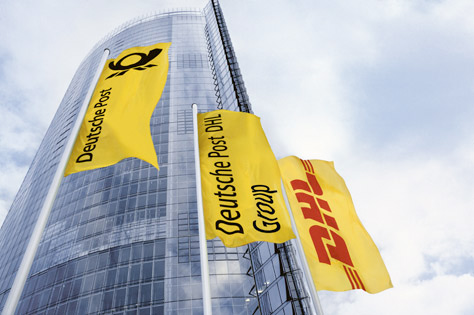Trade wars, cyber crime and extreme weather were the top three supply chain risks in 2018, according to DHL’s Resilience 360 risk report.
It highlighted uncertainty in trade increased due to disputes between the US and other countries, in particular China, including new unilateral import tariffs. “The still-open question of the UK’s withdrawal from the EU is also contributing to uncertainty, as companies fear border congestions and delays at ports in the event of a disorderly departure.
“In the realm of cyber security, a rising number of incidents involving supply chain and transport infrastructure showed how actors are intent on obtaining trade secrets, engaging in blackmail, or causing economic disruption.
“Lastly, climate change presented a myriad of severe weather-related disruptions in 2018, which was the 4th warmest year on record. Wildfires, droughts, low water levels and melting ice had the most significant impacts on supply chains.”
In Europe, the report recorded the most incidents in Germany and the United Kingdom. Two-thirds of high-impact events were caused by cargo theft, industrial fires and explosions, and train accidents. However, the distribution of incidents across Europe was more even than in other regions. Air and ground transport incidents represented the majority of incidents with 44.7 per cent.
Looking ahead, the report that alongside on-going global risks, companies might also face additional costs and uncertainty due to raw material shortages, recalls and safety scares or tougher environmental regulations.
“First, rising demand for raw materials, coupled with a fragile supply caused by political instability and supplier shutdowns, may result in raw material shortages for crucial materials such as lithium, cobalt, and adiponitrile. Second, recalls and safety scares may increase, as wider public awareness of quality issues and stricter enforcement by regulators in highly regulated sectors such as pharmaceuticals and medical devices subject products to higher scrutiny.
“Lastly, anti-pollution measures may be expanded in 2019 to a broader range of industries across Asia. The US Environmental Protection Agency is also expected to announce new requirements. As a result, tougher environmental regulations will increase costs for businesses in a number of industries.”







